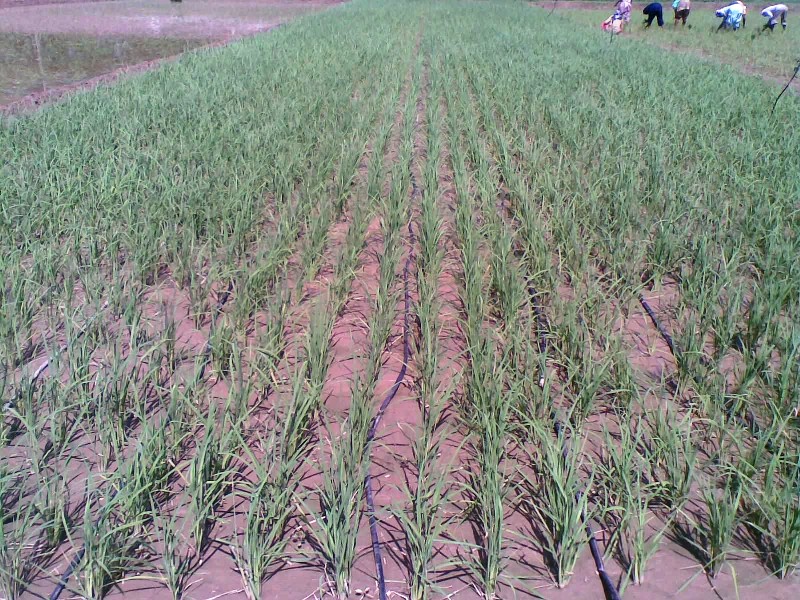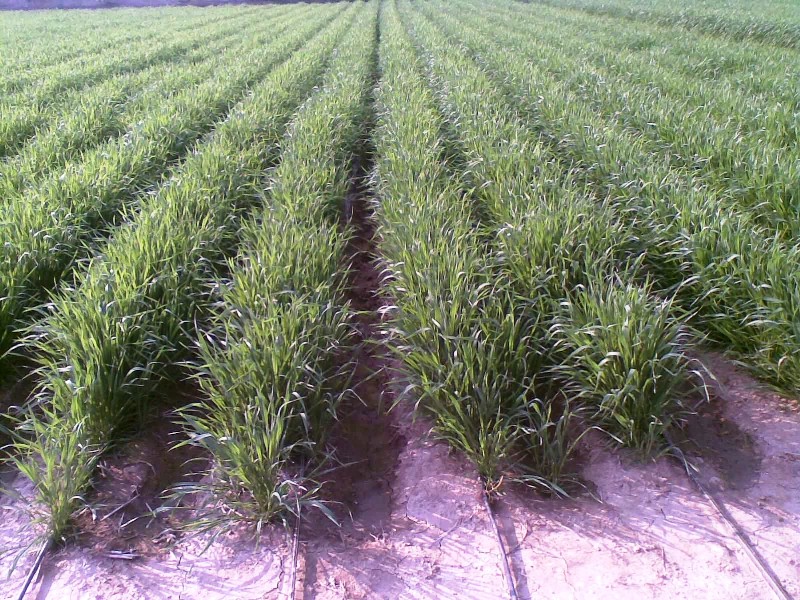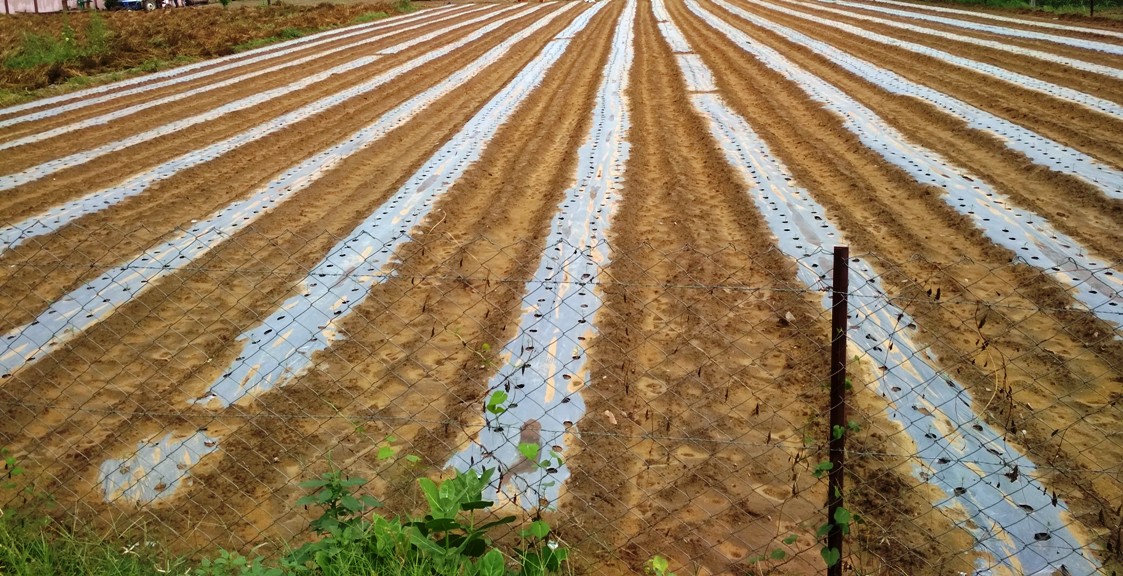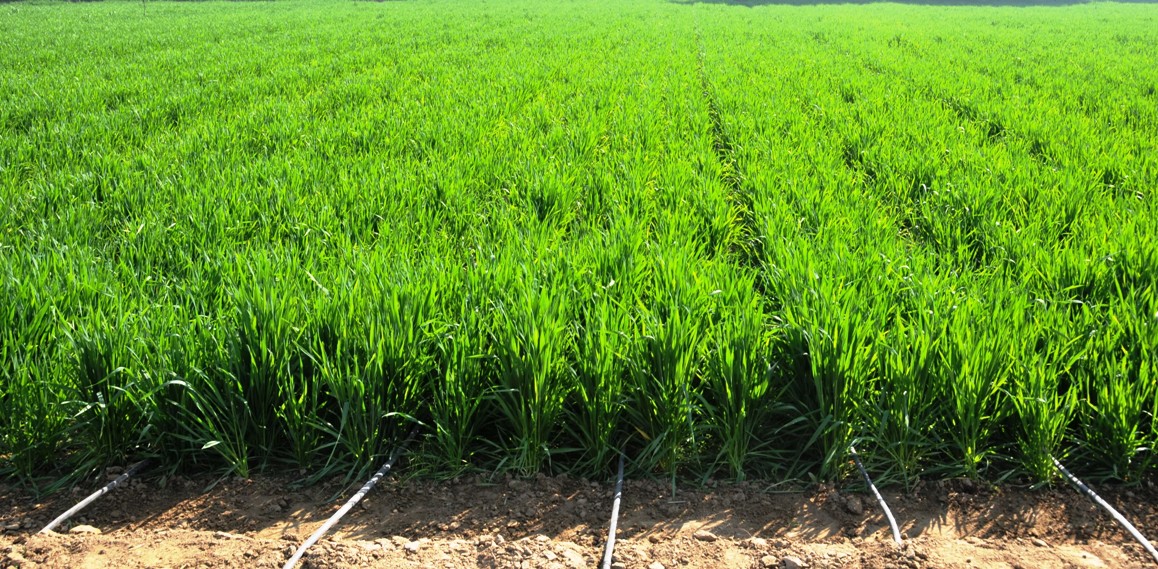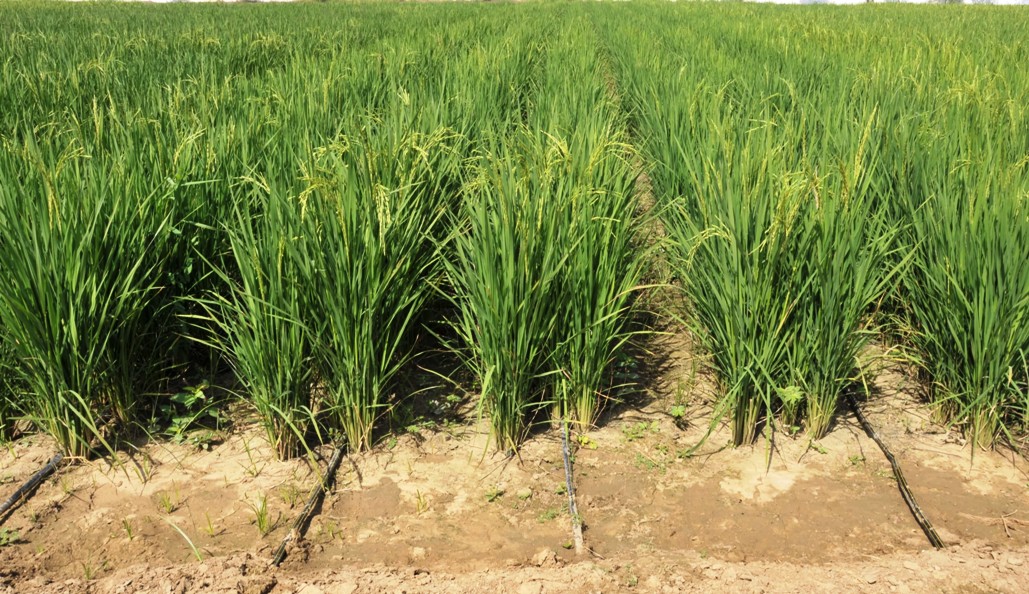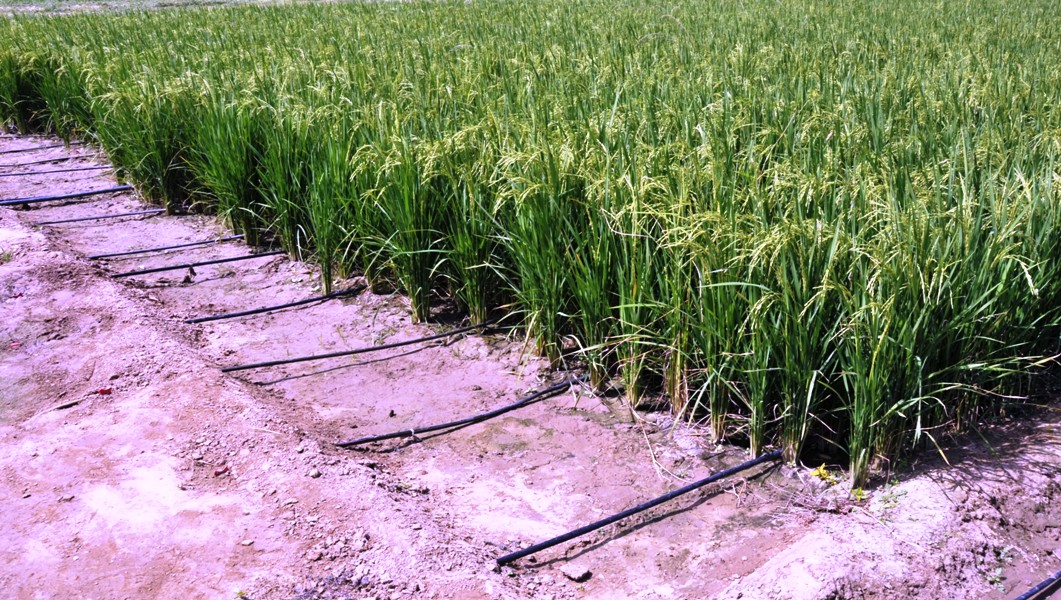जल संरक्षण के लिए प्रौद्योगिकी को अपनाना - ड्रिप सिंचाई प्रणाली पर एक केस स्टडी
Irrigation plays an important role in harvesting the desirable level of yield and supplementing the use efficiency of other inputs. Globally, irrigation water is becoming highly scarce due to over exploitation of water bodies for meeting the demand of increasing population.
India, despite having the largest area under irrigation in the world, it suffers from severe shortage of water. The coverage of irrigation is about 47 percent of the gross cropped area.
The main reason for low coverage under irrigation is the low water use efficiency of existing conventional method of irrigations like flooding, which is widely practiced in India.
Considering the limited water availability in future for irrigation and other uses, different management strategies have to be evaluated for efficient use of available water. In Indian agriculture, drip irrigation system is considered as one of the efficient management strategies for water conservation.
Drip irrigation system saves water and fertilizer by supplying water and nutrients near the roots of plants, either at the soil surface (by surface drip irrigation system) or directly in the root zone (by sub-surface drip irrigation system) through a network of pipes, valves, laterals and drippers.
An attempt was made to study the adoption level of drip irrigation system in Karnal district of Haryana.. The present study depends upon the first-hand information gained by interaction/interview with fifteen farmers of Karnal district who adopted drip irrigation system at their field.
The following are the main findings from the individual case studies:.
Water Saving Benefits
The case studies unanimously report a benefit in terms of farm level water application and farmers usually have reported that they are able to irrigate as much as double the area with the application of drip irrigation system. However, the benefit varies across farmers with respect to soil quality, crop type and agricultural practices.
Labour Shortage
One of the resounding findings of the case studies is the shortage of labour faced by all farmers. Benefit reported by the farmers is that with drip irrigation system farmers do not have to visit their fields at odd hours for irrigation.
Shortage of man power, higher rate of wages and electricity supply for irrigation at odd hours have forced farmers to look for options and some farmers felt that drip irrigation is a good solution for these challenges.
Saving in Amount of Water and Increase in Irrigated Area
Almost every farmer mentioned that they have been able to increase the area under irrigation with the adoption of drip irrigation. Farmers reported that they were increasing the area irrigated by using the same amount of water than earlier. Farmers believed that they were able to save the water consumption at least by 40 to 60 percent.
Uniform Distribution of Water
It is reported by all farmers that uniform distribution of water in entire field takes place which helps in harvesting more yields. Drip irrigation system also need less time to irrigate the field compared to surface method of irrigation.
Fertigation and Reduction in Drudgery
Farmers claimed savings on labour and drudgery due to fertigation and decreased application of fertilizers as well. Farmers also extended the logic that fertilizer when applied through fertigation will impact only the root zone and therefore they save on total fertilizer consumption compared to flood irrigated agriculture.
Cropping Pattern under Drip Irrigation
Vegetables and orchards were preferably put under drip irrigation by most farmers and a few farmers also adopted for field crops like wheat. Farmers told that drip irrigation in field crops is a laborious process as it needs installation and de-installation of laterals twice for each crop season (after seeding and before harvesting) for tillage and harvesting operations.
They told that this is the main reason for low and slow adoption of drip irrigation under field crops, despite they agree that it saves huge amount of irrigation water. The farmers were unaware about sub-surface drip irrigation as it is do away with installation and de-installation of laterals process. Hence awareness campaign needed among farmers for sub-surface drip irrigation systems.
Increased Incomes
With the adoption of drip Irrigation higher yields and cost cutting on labour, levelling of field, less weed infestation etc. resulted in increase in income. Farmers feel great relief about weed infestation as it is a big task to manage under flood/surface irrigation and needs huge amount of labour and herbicide.
Different Adoption Levels
The case studies find different adoption levels. While some farmers are initiating with a little experimental plot, there are others who have sought to put all their area under drip irrigation. A few farmers have shifted their crops to suit drip irrigation and get more benefit.
Also some complications in terms of lack of awareness were found to exist in the study region despite different actors play a prominent role in spreading awareness and providing information about drip irrigation.
The subsidy process was also found to vary and different perception prevailed amongst the farmers about the clarity and ease of availing the subsidy. The companies involved in marketing of drip irrigation equipment and field functionaries are not educating the farmers about the maintenance of drip irrigation system.
Information like cleaning of sand filters, laterals and dripper; small repair of laterals and pipes etc have to be explained clearly to the farmers at the time of installation.
|
S.No. |
Farmers’ name |
Village |
Crop |
|
1 |
Sh. Harpreet Singh |
Bir Narayana |
Rice-Wheat |
|
2 |
Sh. Manoj Kumar Munjal |
Taraori |
Rice-Wheat |
|
3 |
Sh. Jitendra Singh Rana |
Nadana |
Rice-Wheat |
|
4 |
Rinku |
Pundarak |
Wheat, Vegetables |
|
5 |
Dharam Dev |
Ladwa |
Wheat, Vegetables |
|
6 |
Narendra Sharma |
Ramba |
Vegetables |
|
7 |
Diwas Rana |
Amritpur |
Orchard |
|
8 |
Dhan Singh |
Gudha |
Vegetables |
|
9 |
Bharam Singh |
Gudha |
Vegetables |
|
10 |
Bijendra Singh |
Ganjbad |
Vegetables |
|
11 |
KapilPatni |
Pabani Kalan |
Orchard, Vegetables |
|
12 |
Ishwar Lather |
Kachhwa |
Orchard, Vegetables |
|
13 |
Gurnailsingh |
Ladwa |
Vegetables |
|
14 |
Jasbir |
Hassanpur |
Vegetables |
|
15 |
Rajiv Vashist |
Karnal |
|
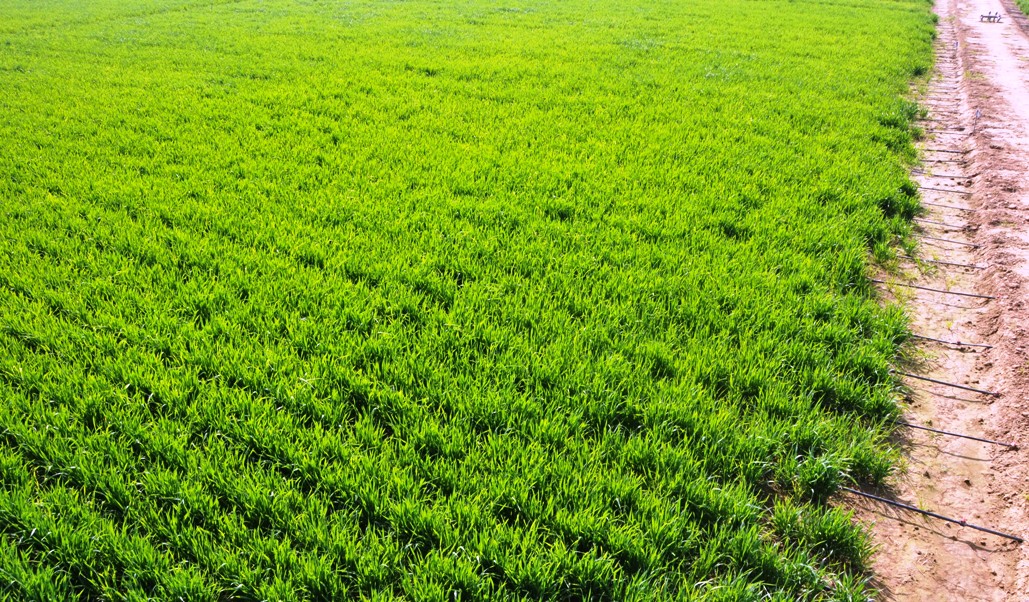
Authors:
Raj Pal Meena, K. Venkatesh, SC Tripathi and GP Singh
ICAR-Indian Institute of Wheat & Barley Research, Karnal, Haryana
Email:

